Medveczky Attila
“Even since I can remember, I wanted to be a bookbinder. My parents were those, my and my brother’s childhood spent here at the Fő utca No. 4, among piles of books, packs of hand-painted papers, and special old tools. Running around the gallery, making paper toys… it was a real paradise.” The bookbinding industry came into general use in the first half of the 19. century, together with the emerging of the third estate. This workshop at the basement of the prestigious bank was hired by Mr. Leopold Tittl in the second half of the 19. century, and it is still functioning as a bookbindery at the Chain Bridge, below the Buda Castle.
“Before us, Mr. Miklós Németh owned the workshop. He was a decorated master of silver wreath.” According to his Master Letter, dated 1920, ‘the abovementioned apprentice presented an independently produced masterpiece at the Industrial Body of the Budapest Bookbinders, Saddlers, Glovers, Pouch makers, Truss-makers, and Tanners’. In that time senior apprentices started with this type of “liberation letter” and with a small toolbox, to wander around Europe to gather experience and to return home with huge knowledge.
“ My family took over this shop in 1978. “ In the dim light, under the high arches special tools and original devices were gathered along 130 years. It is a real collection of the industry’s history, even if each is in use today.
The wirer box is actually a rack, serving the accurate and convenient wiring of the sheets of a book. The perforating machine is to break the charts of the cover.
Along the leather binding the signatures in the pressing box are formed into eaves using hammer. Then comes the cover gilding, made by hand or pressing machine. At the hand gilding, letters or sample patterns are heated, and the metal foil is pressed into the leather or cloth.
Aztán jöhet a borító aranyozása, amit kézzel vagy préssel végeznek. A kézi aranyozáshoz a betűket vagy mintaformát felhevítik és a fóliát így nyomják a bőrbe, vagy a vászonba.
Using the press, embossing can be made.
This hiding-a-treasure closet is from the old time, containing embossed gilding tools and very rare fonts. To reconstruct these pieces they ask for a small fortune today.
“Az írás és a könyv lassan kikopik életünkből. Európában kezd kihalni a mesterségünk, bár Firenzében még van könyvkötők utcája is. Magyarországon is elég sokan vagyunk. A könyvtárak voltak a legjobb megrendelők, amíg volt pénzük. A diplomadolgozatok is eltartották a szakmát.
Hozzánk ma magánmegrendelők, gyűjtők jönnek inkább, ezért eredeti anyagokkal dolgozunk és nagyon kell ismernünk a régi kötésfajtákat is. A francia betáblázástól az ugróhátas könyvig, melynek közepe erős, mintha acélrúgó lenne benne. Amikor kinyitjuk, kiugrik a közepe, olyan lesz, mint egy nagy rajztábla, ezért végig jól lehet írni rajta. Könyvelőknek készítettek ilyet, hogy kényelmesen töltsék ki a táblázatokat.
Sok érdekes és különleges, régi könyvvel volt dolgom. Itt van ez a fotóalbum. Tervezem, hogy készítek egy ilyet, de még nem jöttem rá a fortélyra, hogyan gömbölyítették le és aranyozták be a karton széleit. Egyszer egy börtönnaplót hoztak bekötni. A kiegyezés környékén írhatta egy orvos. Életemben nem találkoztam gyönyörűbb írással, amiből annyira áradt volna a lelki béke.
Édesapám öt évvel ezelőtt adta át a műhelyt és én képviselem itt az ötödik generációt. Játékból kezdtem könyvet kötni és most is játszom.”
PREVIOUS: Varga Dóra
NEXT: Kecskés Orsolya
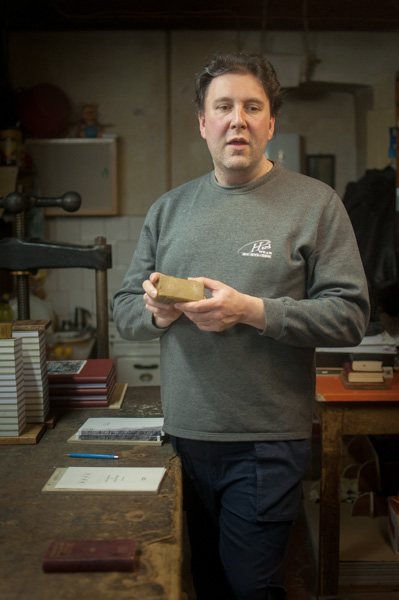
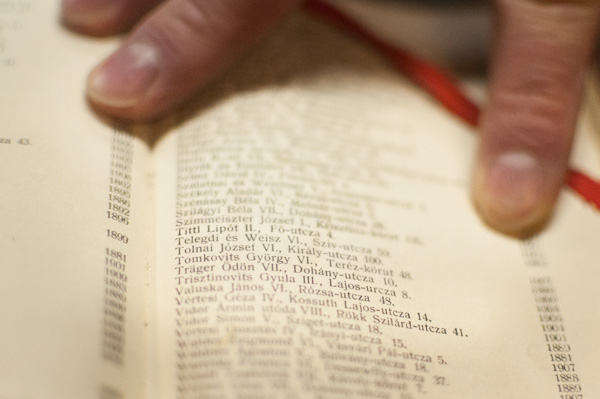
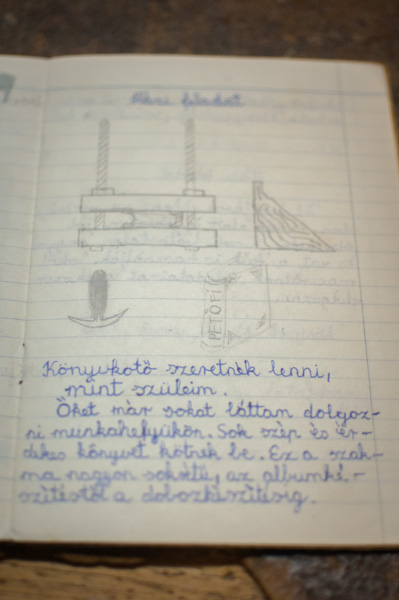
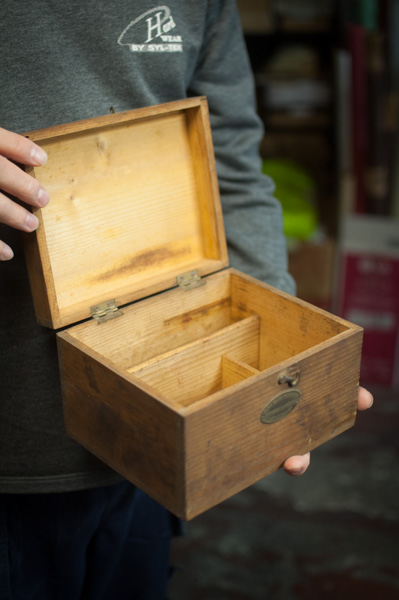
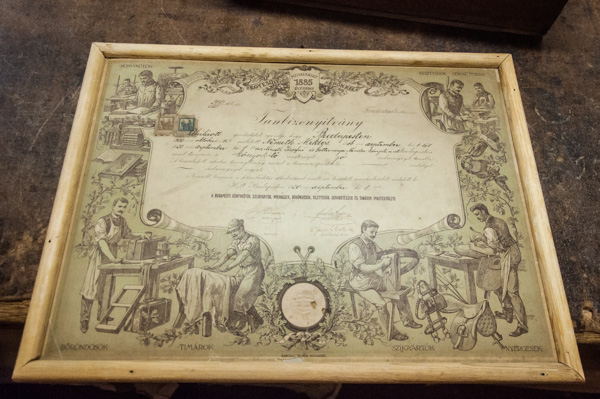
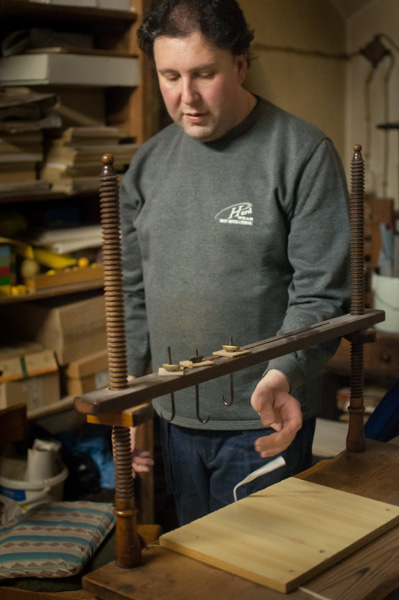
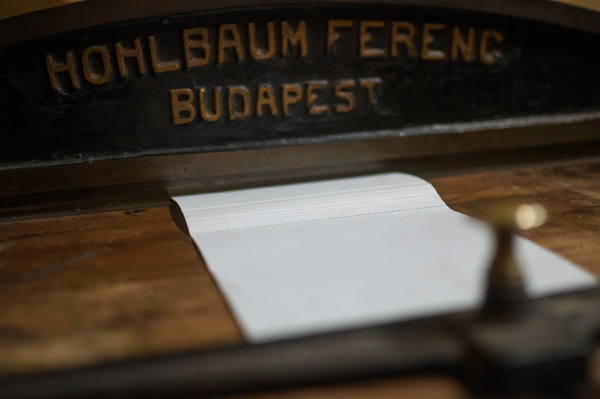
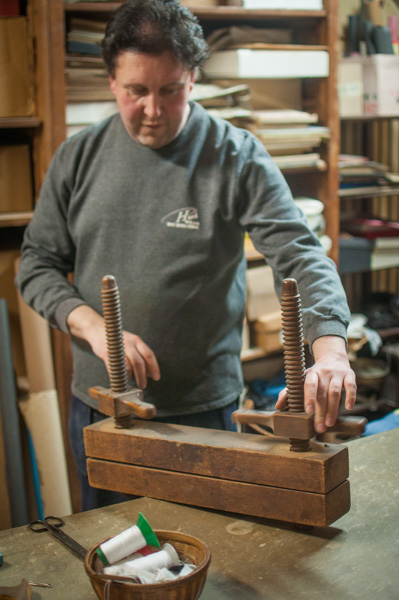
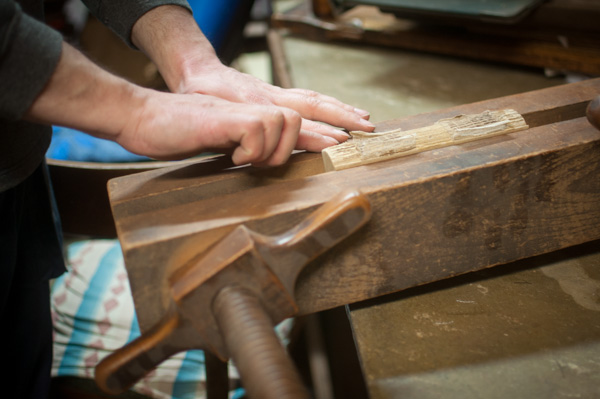
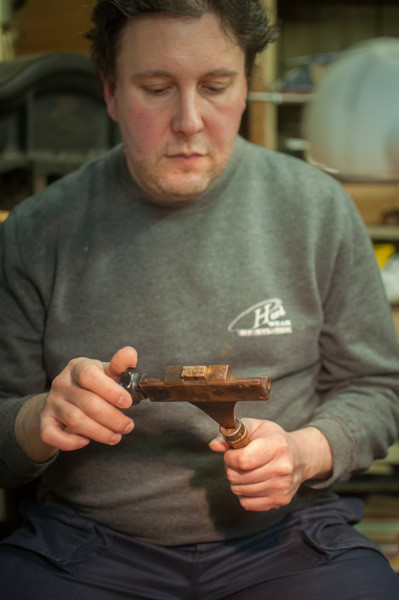
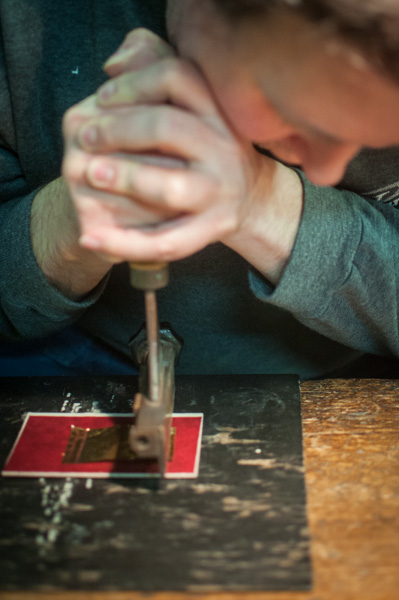
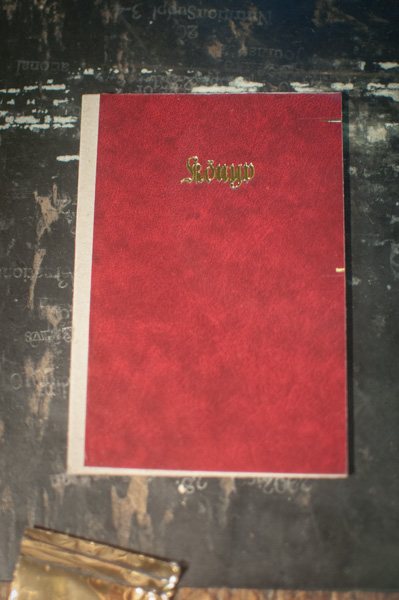
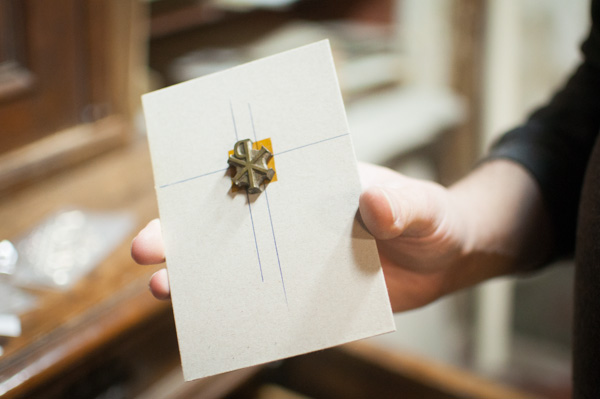
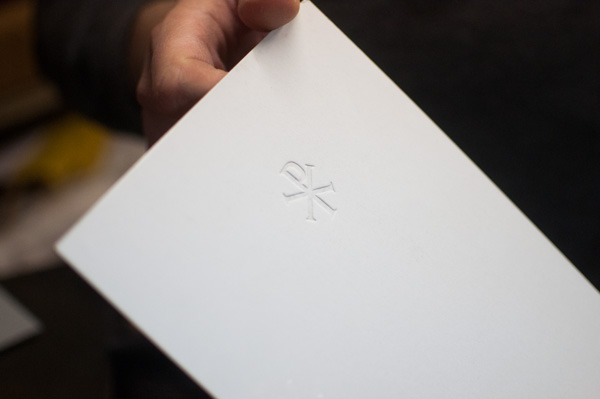
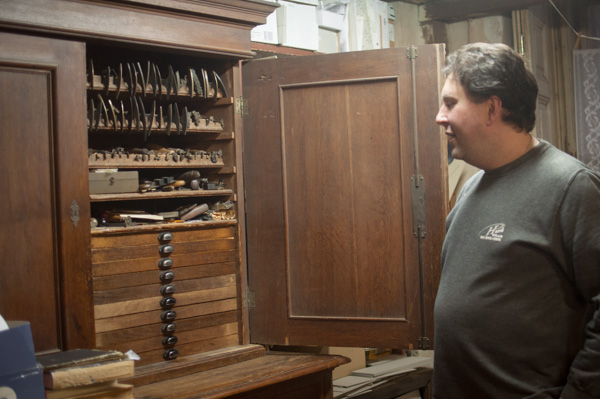
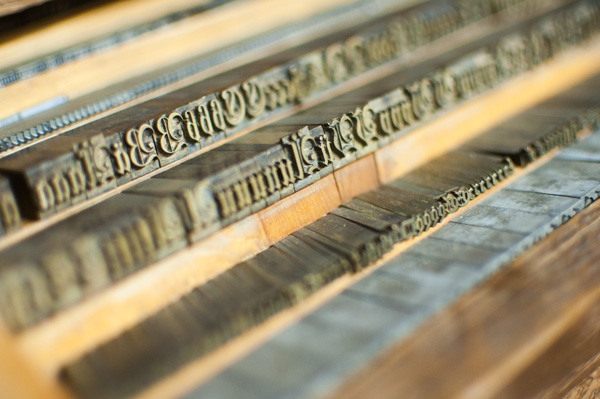
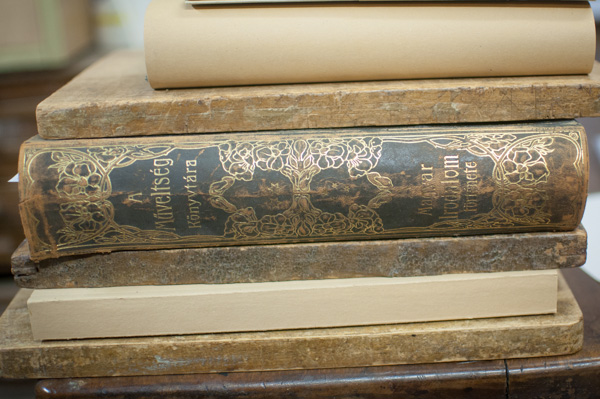
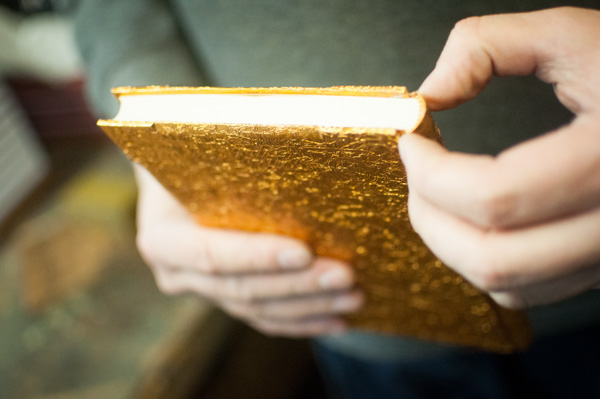
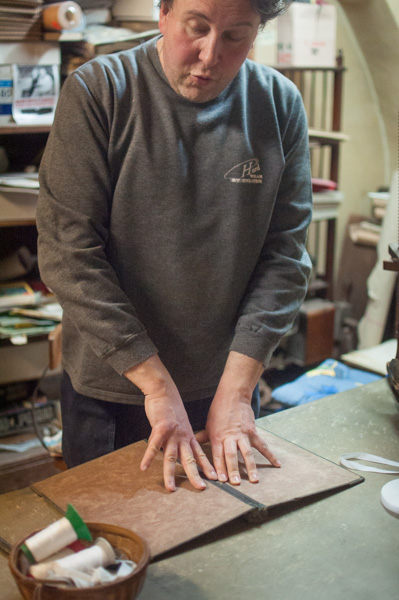
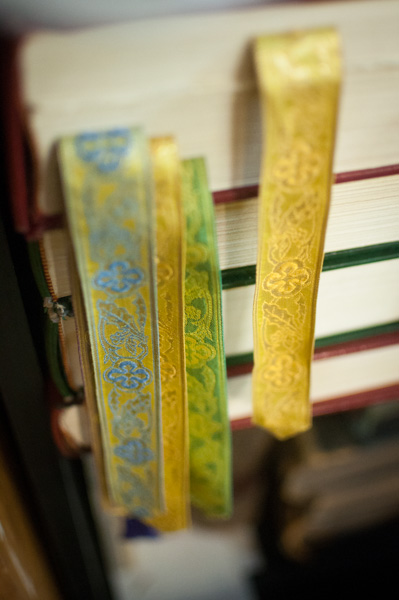
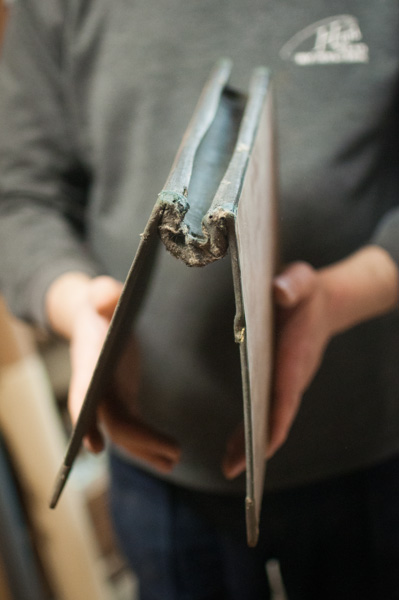
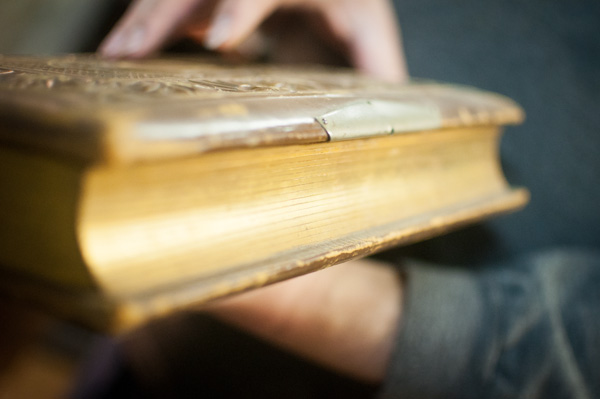
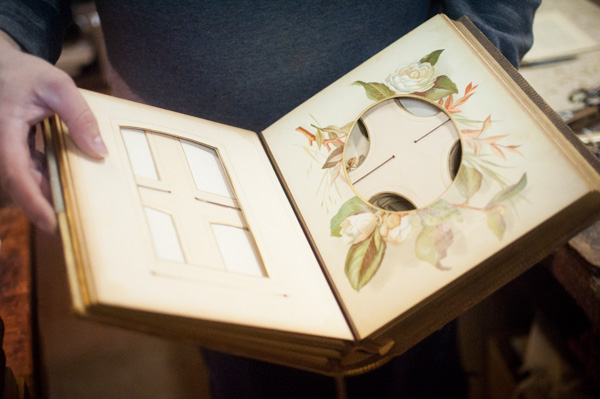
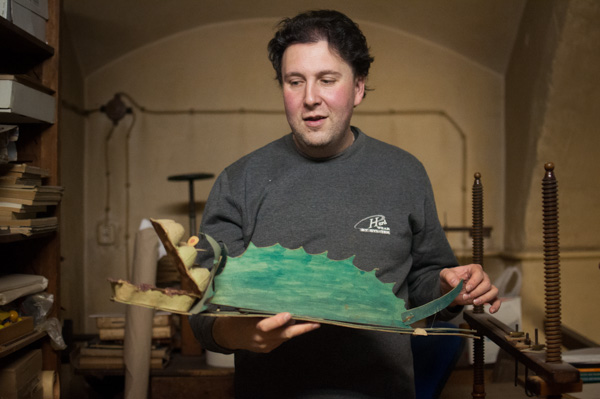
USER COMMENTS ( 0 )
Follow Comments via RSS feed. Trackback Comments from your website.